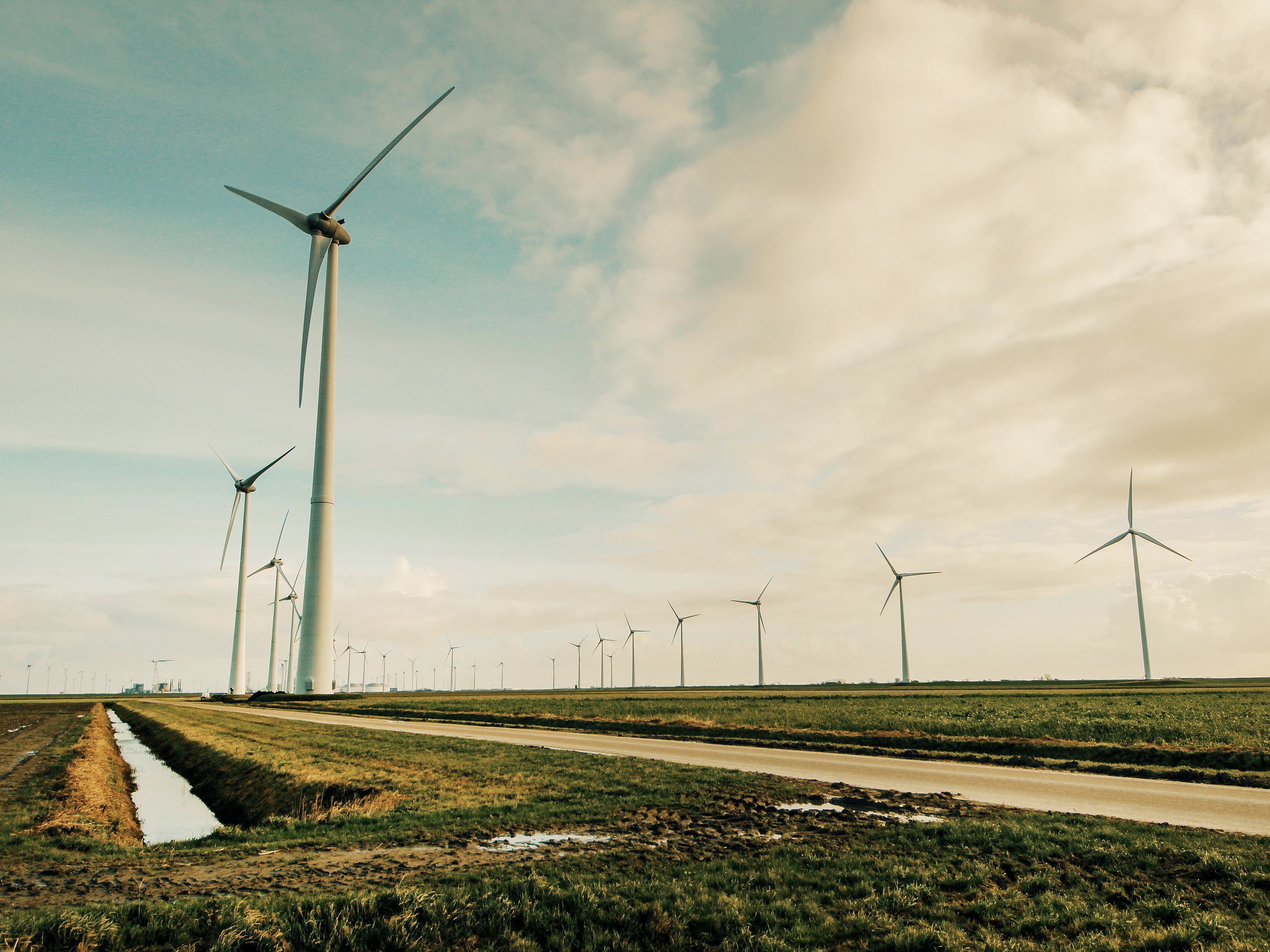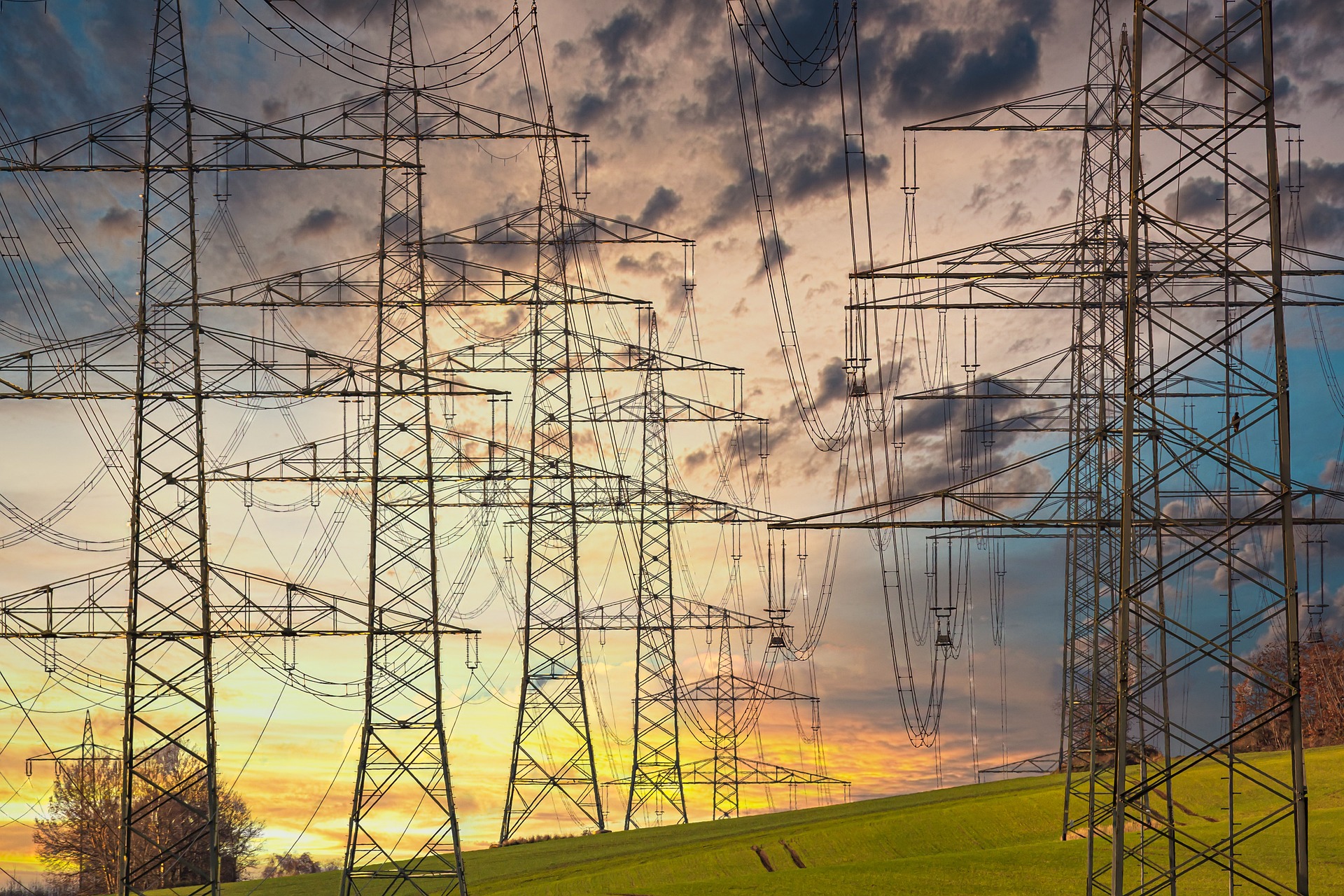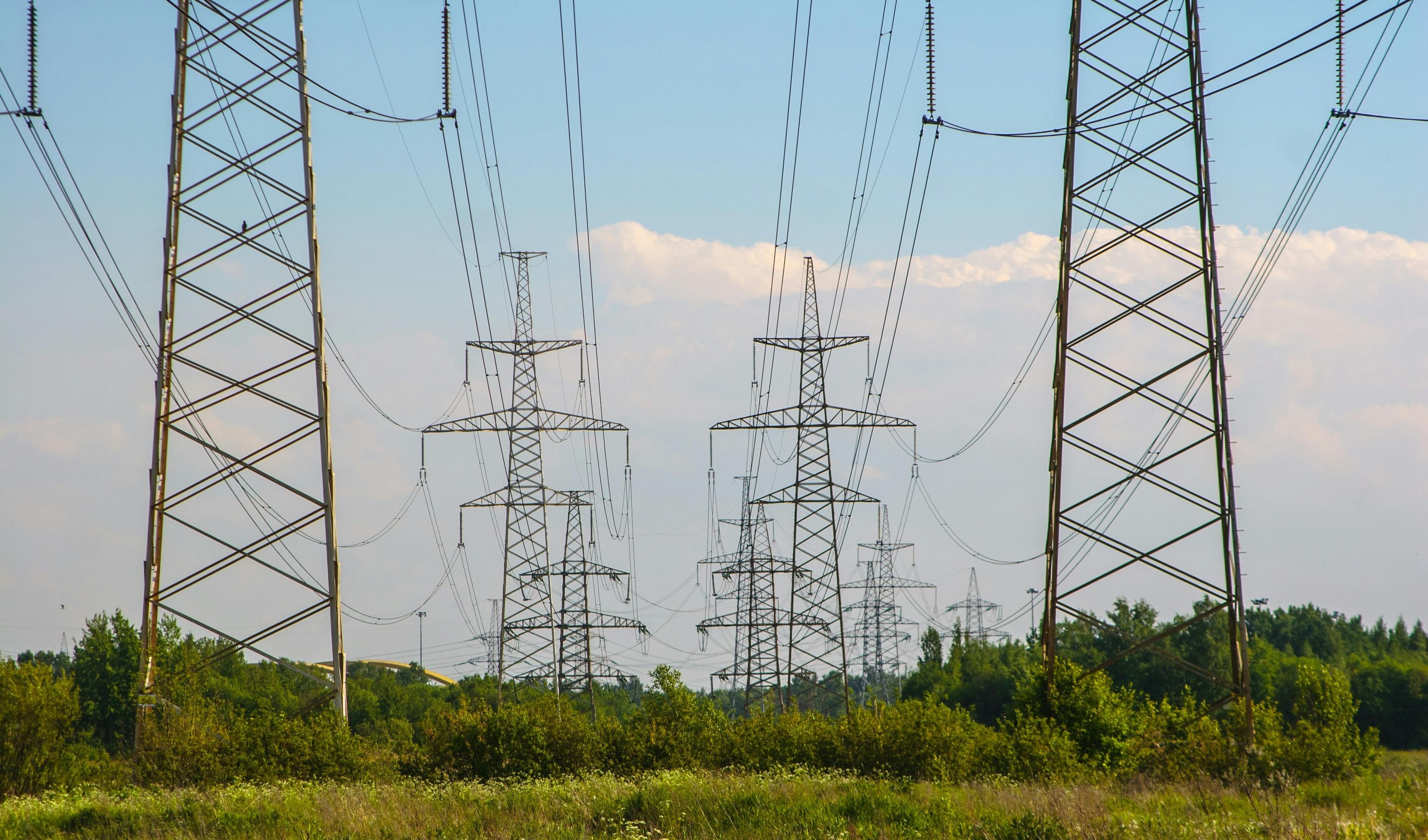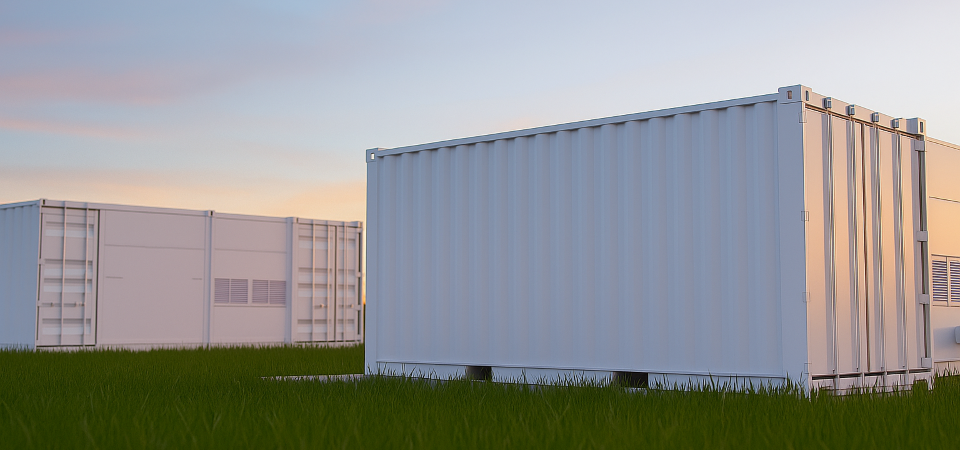How the slowed expansion of renewable energies drives electricity prices up
If the expansion of renewable energies slows down, electricity prices in Germany could rise by up to 25% by 2045. A scenario analysis shows how this would weaken competitiveness and the country’s attractiveness as an industrial location.

Electricity prices as a gauge of the energy transition
Electricity prices are one of the key indicators of the energy transition’s success. They determine not only the burden on consumers but also the competitiveness of industry and Germany’s attractiveness as a business location.
A recent scenario analysis by Path to Zero illustrates how a slowed expansion of renewable energies (RE) would directly affect electricity prices and the economy. The results are clear.
Two future scenarios: ambitious or restrained
The analysis examines two development paths through to 2045:
- Continued Ambition (CA): The EEG expansion targets are consistently implemented.
- Delayed Ambition (DA): The expansion of renewables is slowed to align with more gradual growth in electricity demand.
This seemingly small policy decision has major consequences for electricity prices, emissions, and Germany’s industrial base.
Electricity prices rise by up to 25% with a slower RE expansion
In the DA scenario, the average electricity price in Germany in 2030 is around €19/MWh higher than in the ambitious scenario – an increase of more than 25%. The price gap remains until 2045. In total, the additional costs in the restrained scenario amount to €272 billion for households and industry in Germany between 2025 and 2045.
The reason: less affordable green electricity means more expensive gas-fired generation and greater dependence on energy imports – factors that drive electricity prices permanently upward.
Rising prices go hand in hand with rising emissions
A slower expansion of renewables leads not only to higher electricity prices but also to higher CO₂ emissions. According to the analysis, emissions in the power sector are around 30% higher between 2030 and 2035 in the restrained scenario compared to the ambitious path. Over the period 2025-2045, this results in an additional 350 million tonnes of CO₂, despite increased use of hydrogen and gas power plants.
In other words: more expensive electricity is also more climate-damaging electricity.
From energy exporter to energy importer
While Germany becomes a net electricity exporter in the CA scenario – contributing to the stabilisation of European prices – the opposite happens in the DA scenario. Germany must import electricity because it can be produced more cheaply abroad. This affects not only security of supply but also electricity prices across Europe, as higher demand from Germany drives up prices in neighbouring countries as well.
Why an ambitious expansion of renewables lowers prices in the long term
A determined expansion of renewables has a price-dampening effect:
- More domestic generation reduces import dependency.
- Lower CO₂ costs ease the burden on consumers and businesses.
- Surplus electricity from wind and solar can be exported, helping to stabilise electricity prices across Europe.
An ambitious expansion is therefore not only sound climate policy but also the more economically beneficial path.
Conclusion: Expansion determines both climate and cost
Electricity prices are not the result of chance – they are the outcome of energy policy decisions. The scenario analysis makes it clear: a restrained expansion of renewable energies leads to higher electricity prices, greater emissions, and reduced competitiveness.
Anyone seeking to keep electricity prices stable and affordable in the long term must now accelerate the expansion of wind, solar, and storage capacity.





















